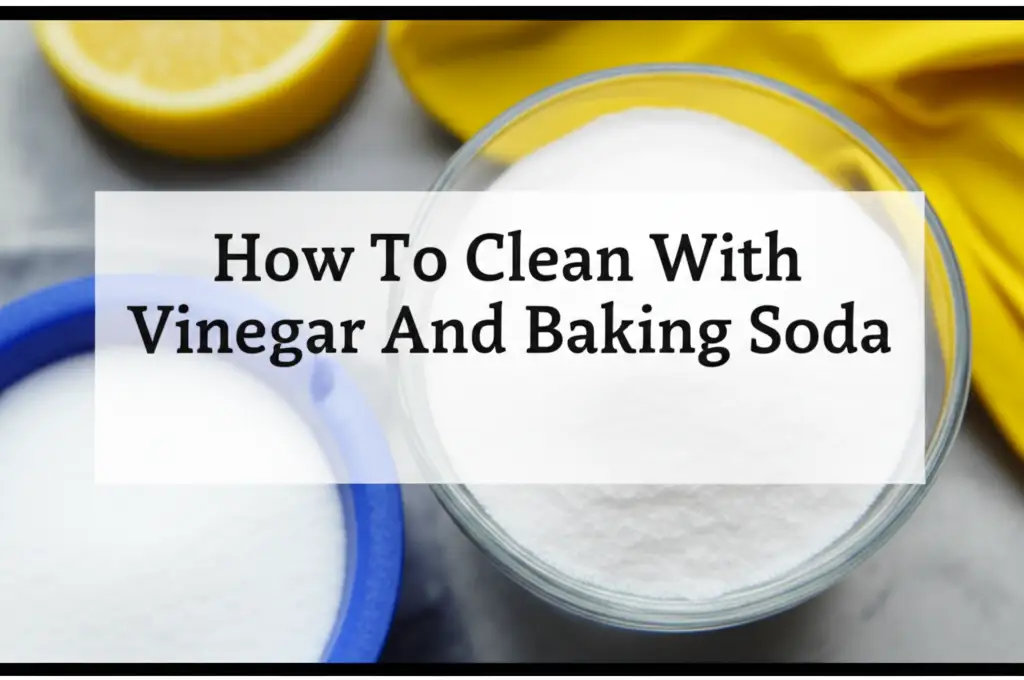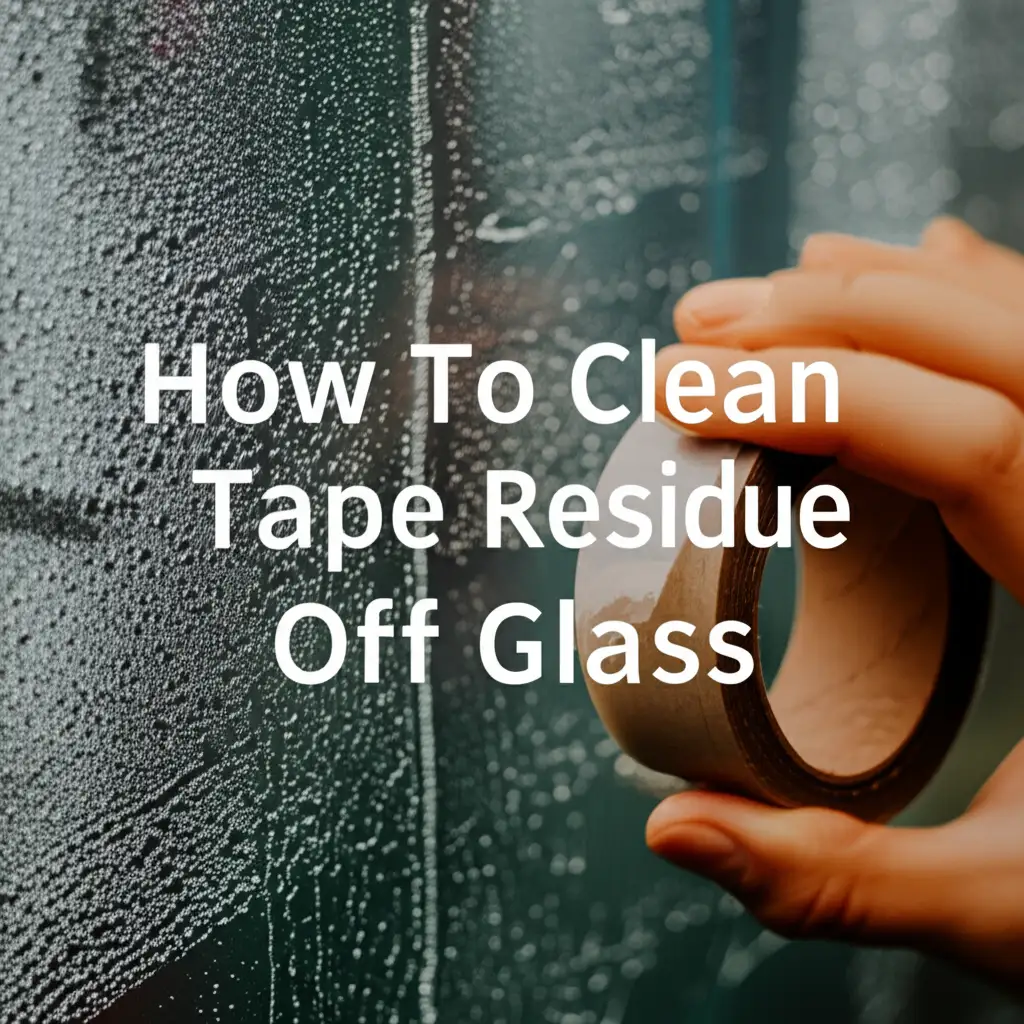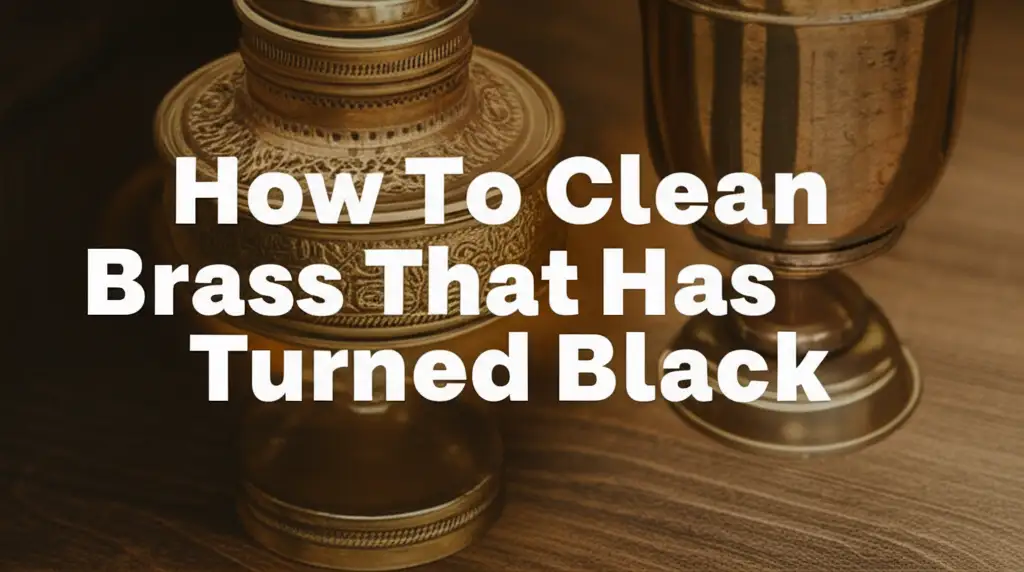· Home Cleaning · 10 min read
How To Clean Copper With Ketchup

How To Clean Copper With Ketchup
Has your beautiful copper cookware lost its luster? Does your cherished copper jewelry look dull and tarnished? You might think special cleaners are necessary. I am here to share a surprising secret from your kitchen: ketchup. Cleaning copper with ketchup is a simple, effective, and surprisingly satisfying process.
This article explores why ketchup works, provides a clear step-by-step guide, and offers tips for best results. We will discuss what types of copper respond well to this method. You will also learn how ketchup compares to other natural cleaners. Get ready to bring back the shine to your copper items.
Takeaway
- Ketchup’s acetic acid dissolves copper tarnish.
- Apply ketchup, let it sit, then wipe and rinse.
- Use this method for most unlacquered copper items.
Clear, Concise Answer
You can clean copper with ketchup because its main ingredient, acetic acid, reacts with and dissolves the oxidized layer (tarnish) on copper. The mild acidity lifts away the dull, discolored surface, revealing the bright metal beneath.
Understanding Copper Tarnish: Why it Happens
Copper looks stunning when it is shiny and new. Over time, it loses its bright finish. This happens because copper reacts with air and moisture. The metal forms a layer of copper oxide. This layer often looks dark brown or green.
This process is called oxidation. It is similar to how iron rusts. Oxygen in the air combines with the copper atoms. This creates new compounds on the surface. These compounds are what we call tarnish. Tarnish makes copper appear dull. It hides the beautiful, warm glow of the metal. Understanding this helps us choose the right cleaning method.
Ketchup works to combat this specific problem. It uses a chemical reaction to remove the tarnish. This simple food item becomes a powerful cleaner. It targets the oxidation directly. You can restore your copper’s shine with little effort. This method is both simple and practical for everyday use.
The Surprising Science Behind Ketchup as a Copper Cleaner
It sounds strange, but ketchup really can clean copper. The secret lies in its ingredients. Ketchup contains acetic acid. This is the main component of vinegar. Acetic acid is a mild acid. It reacts with the copper oxide, or tarnish.
The acid helps to break down the tarnish. It dissolves the oxidized layer. This allows you to wipe it away easily. Ketchup also has other ingredients like salt and tomato solids. These provide a gentle abrasive quality. They help scrub off the loosened tarnish. This combination of acid and mild abrasion makes ketchup an effective cleaner. It is a natural way to remove stubborn discoloration.
Many natural cleaners use acids. For instance, vinegar is well-known for its cleaning power. You can learn more about how vinegar cleans by reading about how to clean with vinegar and baking soda. The principles are similar when using ketchup. The acid does the work of breaking down unwanted buildup. This simple kitchen staple offers a safe and affordable cleaning solution.
Step-by-Step Guide: How to Clean Copper with Ketchup
Cleaning copper with ketchup is straightforward. You only need a few items. Gather your tarnished copper item, a bottle of ketchup, a soft cloth or sponge, and warm water. This process is very simple. It reveals surprisingly good results.
Preparation
First, make sure your copper item is dry. If it has food residue, wash it with soap and water first. Then dry it completely. This ensures the ketchup can directly contact the tarnish. Prepare a workspace that can handle a little mess.
Application
Next, apply a generous layer of ketchup. Spread it directly onto the tarnished areas. You can use your fingers, a cloth, or a soft brush. Make sure all discolored spots are covered. Do not be shy with the amount. The more tarnish, the more ketchup you might need.
Dwell Time
Allow the ketchup to sit on the copper. For light tarnish, 5-10 minutes might be enough. For heavier tarnish, let it sit for 30 minutes to an hour. For very stubborn spots, you can even leave it overnight. The longer it sits, the more the acid can work.
Scrubbing and Rinsing
After the dwell time, gently scrub the copper. Use a soft cloth, sponge, or old toothbrush. You will see the tarnish start to lift away. Rinse the copper thoroughly with warm water. Make sure to remove all ketchup residue. Any leftover ketchup could cause new discoloration.
Drying and Polishing
Finally, dry the copper item immediately. Use a clean, soft towel. Do not let it air dry. Water spots can form easily. For extra shine, you can buff the dry copper with a clean, dry cloth. This brings out the maximum gleam.
What Types of Copper Can Ketchup Clean?
Ketchup works well on many types of copper. It is effective for unlacquered copper. This includes most copper pots, pans, and decorative items. If your copper item is not coated, ketchup can likely clean it. It shines up cookware beautifully. You can make old pots look new again.
This method also works for some copper jewelry. Just be careful with items that have stones or other materials. Ketchup might not be suitable for those. It is best for solid copper pieces. Always do a small test spot first. This checks for any unexpected reactions.
Ketchup does not work on lacquered copper. Lacquered items have a clear protective coating. This coating prevents tarnish. It also blocks the ketchup from reaching the copper itself. If your copper is shiny and never tarnishes, it is probably lacquered. Do not use ketchup on these items. You will not see results and could potentially damage the coating. For unlacquered copper, ketchup is a simple, effective solution for restoring its natural gleam.
Tips for Best Results and Preventing Damage
Getting the best results with ketchup involves a few tricks. Always start with a small, inconspicuous area. This test spot confirms the method works for your specific copper item. It also shows you how much dwell time is needed. Some copper tarnishes more than others.
Use a soft cloth or sponge for scrubbing. Avoid abrasive scrubbers. These can scratch the copper surface. Copper is a relatively soft metal. Scratches are hard to remove. Gentle scrubbing is key to maintaining its smooth finish.
Rinse the copper thoroughly and dry it completely. Water left on copper can lead to new spots. Drying immediately prevents water stains. For extra shine, buff the copper with a dry, clean cloth after drying. This final step enhances its luster.
To prevent future tarnish, store copper items properly. Keep them in a dry place. You can also apply a thin layer of mineral oil after cleaning. This creates a barrier against air and moisture. Consistent care helps keep your copper bright. Proper cleaning and storage extend the life and beauty of your copper items.
Ketchup vs. Other Natural Copper Cleaners
Ketchup is a great natural cleaner, but it is not the only option. Many household items can clean copper effectively. Common alternatives include lemon and salt, vinegar and salt, or baking soda paste. Each has its own strengths.
Lemon and salt is a classic choice. The citric acid in lemon juice breaks down tarnish. The salt acts as a mild abrasive. You can simply cut a lemon in half, dip it in salt, and scrub. This method works very well for many copper items.
Vinegar and salt works similarly. Vinegar provides acetic acid. Salt again offers the gentle scrubbing action. Mixing these creates a powerful tarnish remover. Many people use vinegar for various cleaning tasks. For instance, it can be effective for cleaning mold from surfaces, as discussed in detail here: how to clean mold with vinegar. This shows its versatility as a natural cleaning agent.
Baking soda paste is another option. Mix baking soda with a little water to form a paste. The baking soda is a mild abrasive. It can lift tarnish without harsh chemicals. This is especially good for more delicate items. Baking soda is also useful for other cleaning tasks, like cleaning shower surfaces. You can find more information about this at how to clean shower with baking soda.
Ketchup offers a unique advantage. Its thick consistency makes it easy to apply and less messy than liquid solutions. It sticks to vertical surfaces well. This allows the acid to sit and work effectively. While other methods are good, ketchup is often more convenient to use. It combines the acid and mild abrasive in one easy-to-apply product.
When Ketchup Might Not Be Enough
While ketchup is surprisingly effective, it has limitations. For very heavy or long-standing tarnish, ketchup might not fully restore the copper. The tarnish may be too thick. In these cases, you might need stronger solutions. Professional copper cleaners are designed for tough jobs. These products often contain stronger acids or more potent abrasive agents.
Ketchup also does not work on lacquered copper. As mentioned before, lacquered items have a protective coating. This clear coat prevents the copper from reacting with air. It also prevents ketchup from reaching the metal underneath. Trying to clean lacquered copper with ketchup will not yield results. You might even dull the protective finish.
For intricate designs or delicate copper items, sometimes a gentler touch is needed. Ketchup can get into crevices, which is good. But rinsing it all out can be a challenge. For these items, a soft polishing cloth specifically for copper might be safer. Or, a professional restorer can handle them. Always assess the item first. If the tarnish is extremely heavy or the item is valuable, consider other options. Ketchup is excellent for general cleaning. It is best for regular maintenance or moderately tarnished pieces.
FAQ Section
Is ketchup safe for all types of copper?
Ketchup is safe for most unlacquered copper items. It works well on cookware, jewelry, and decorative pieces. Do not use it on lacquered copper, as the coating prevents access to the tarnish. Always test a small, hidden area first to confirm suitability.
How long should I leave ketchup on copper?
For light tarnish, 5-10 minutes is often enough. For moderate tarnish, allow 30 minutes to an hour. For stubborn discoloration, you can leave the ketchup on for several hours or even overnight. Adjust the time based on the level of tarnish you see.
Can old, dried ketchup damage copper?
No, old, dried ketchup itself will not damage copper. However, if left on too long without proper rinsing, the dried sugars might become sticky. More importantly, any remaining acid can cause new discoloration over time. Always rinse thoroughly after cleaning.
What if ketchup doesn’t remove all the tarnish?
If ketchup does not remove all tarnish, the item might have a very heavy build-up. You can try a second application with a longer dwell time. Alternatively, you might need a stronger commercial copper cleaner. Ensure the copper is not lacquered, as ketchup won’t work on coated items.
Can I use other tomato products for cleaning copper?
Yes, other tomato products like tomato paste or tomato sauce can also clean copper. They contain acetic acid (if vinegar is an ingredient) or citric acid (natural to tomatoes), which helps remove tarnish. Ketchup is often preferred for its consistency and additional ingredients like salt for mild abrasion.
How often should I clean my copper with ketchup?
The frequency depends on how quickly your copper tarnishes and how often you use it. For regularly used cookware, you might clean it every few weeks. For decorative items, cleaning once every few months or when you notice dullness is sufficient.
Conclusion
Bringing the shine back to your copper items does not require expensive cleaners. As we have seen, understanding how to clean copper with ketchup can transform dull, tarnished pieces into sparkling treasures. Ketchup works its magic thanks to the acetic acid it contains. This simple acid breaks down the copper oxide layer, which is the tarnish we see. The mild abrasives in ketchup help scrub it away.
I encourage you to try this method yourself. It is a simple, effective, and very affordable solution for maintaining your copper. Remember the key steps: apply generously, allow dwell time, scrub gently, and rinse thoroughly. Always dry your copper immediately to prevent new water spots. By following these easy steps, you can keep your copper looking its best. Embrace this kitchen hack and enjoy the renewed brilliance of your copper possessions.
- Copper Cleaning
- Ketchup Cleaning
- Natural Cleaners
- DIY Cleaning
- Kitchen Hacks




